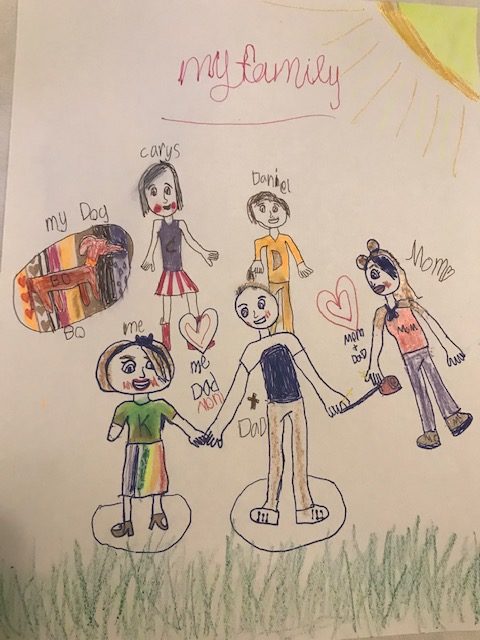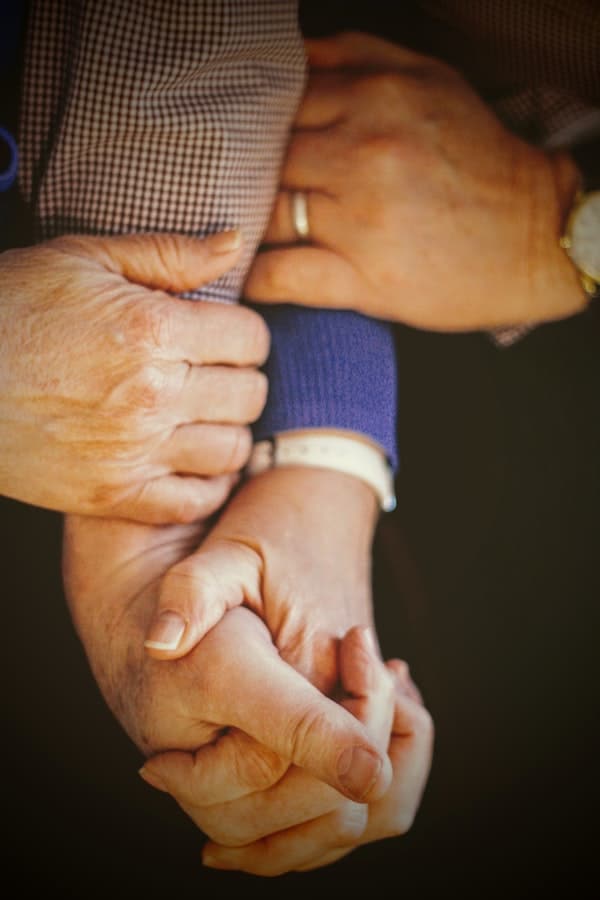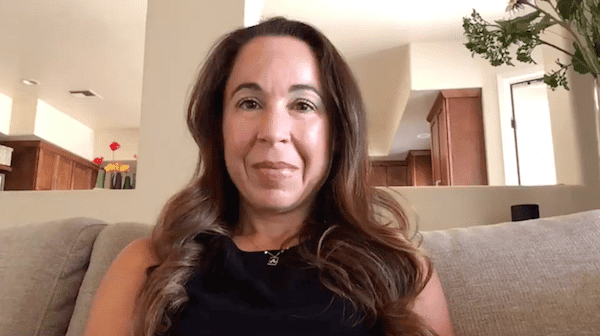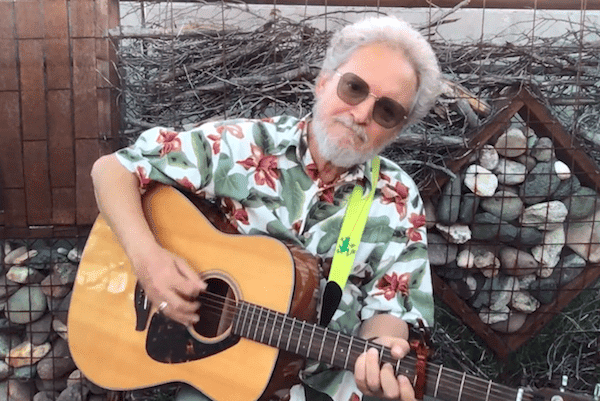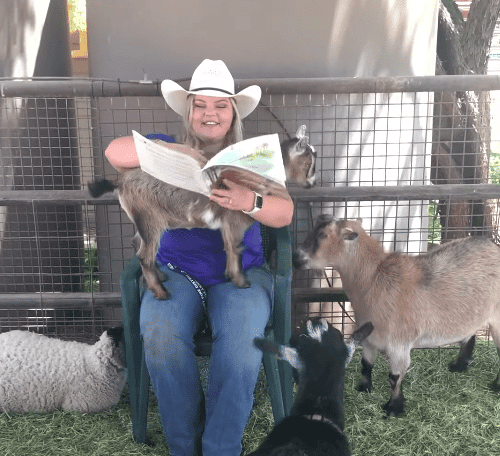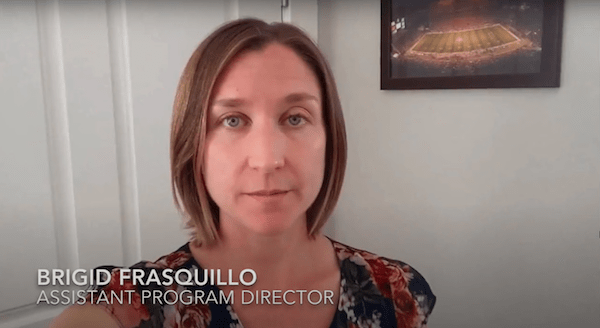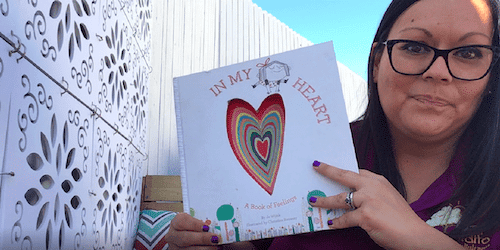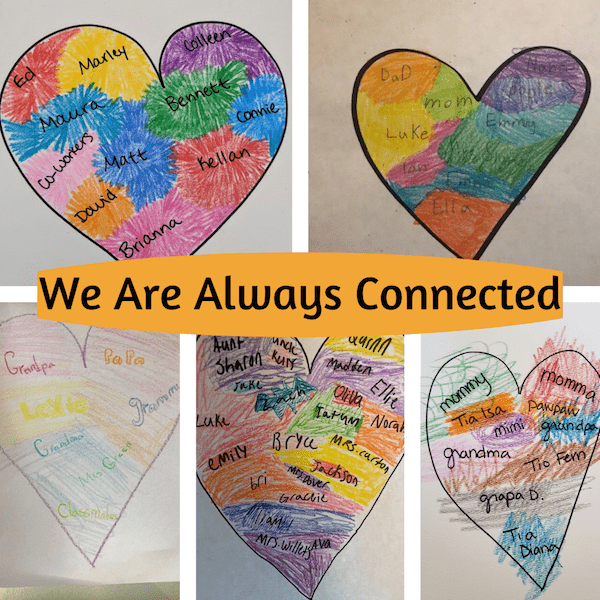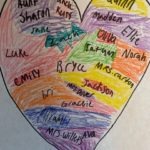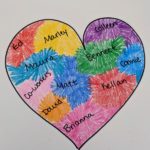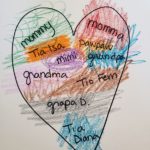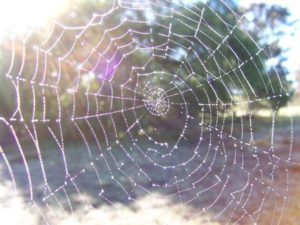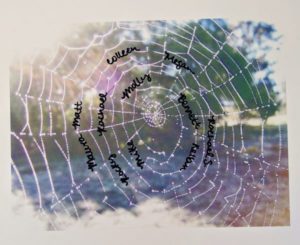Tu Nidito's Support Specialists
Meet the team!
Tu Nidito’s Support Specialists/Groups Coordinators are trained professionals who carry out the mission of Tu Nidito each and every day. Their role is to support families, children and young adults who have experienced the death of a loved one or a serious medical diagnosis. Sometimes, this means that they meet with children individually to work through feelings and thoughts that surround their grief. This is done through meaningful play, activities, and exercises to build new coping skills. These professionals also coordinate monthly bereavement support groups, leading volunteers and families in an evening of peer-to-peer support with specialized curriculum and intentional play.
Read more about each of our Support Specialists below!
Meet The Support Specialists: Q & A

Tell us what you do!
I work one-on-one with families who have a child with a serious medical condition, and I coordinate our bereavement support groups. Also, I am the Young Adult Bereavement Support Group Coordinator*.
*Read Serena’s story about how she got her start at Tu Nidito here.
What’s your favorite part about your job?
My favorite part about working at Tu Nidito is being able to connect with the families – getting to know them, playing games, working on art projects, and doing other fun activities while simultaneously helping them talk and process through some pretty big feelings.
What inspires you to do this work?
Having a personal experience with serious illness and death loss, I feel inspired to do this work because I know how helpful it was for me when I was in need of support. I am also constantly blown away by how vulnerable and brave the kids I work with are, and that inspires me all the time.
Fun Fact:
I play the cello!

Tell us what you do!
I am the Bilingual Support Specialist and also a Group Coordinator for our bereavement support groups.
What’s your favorite part about your job?
My favorite part of working at Tu Nidito is that I get to meet a lot of people and create a safe space for them to express their emotions and get help.
What inspires you to do this work?
My inspiration to continue doing this work is seeing the incredible community and support that is created between the families and their connection with Tu Nidito. They are able to meet other families and learn that they are not alone in their grief.
Fun Fact:
I love heavy metal and I play the drums. People are usually surprised when they learn this about me!
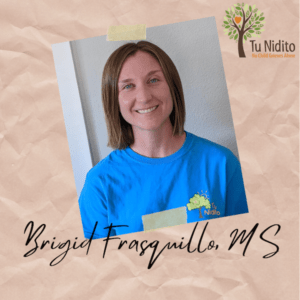
Tell us what you do!
As the Assistant Program Director, I develop curriculum for Tu Nidito’s support groups. This consists of our talking circle questions and activities. I also coordinate the support group for Children who have a Parent with a Serious Medical Condition as well as the Thursday II Bereavement Support Group. In addition, I help supervise Tu Nidito’s One-on-One Program for families who have a child diagnosed with a serious medical condition.
What’s your favorite part about your job?
Our model. I had never experienced anything like the Tu Nidito model until I began as a volunteer in 2008. I fell in love with it immediately and understood how powerful it was in the grief process.
What inspires you to do this work?
I truly believe in Tu Nidito’s model, mission and vision. I’ve never quite felt that way about other types of professional work I’ve done in the past. Because I deeply believe in the work that I do, and because I see the positive impacts our model has on families, volunteers, and community members every single day, I feel inspired to do this work as long as I can.
Fun Fact:
I was lucky enough to marry my best friend from childhood. We’ve been together for almost 15 years and married for 5.

Tell us what you do!
I am a Support Specialist who works with children who have a serious medical condition and their families. I also coordinate support groups for grieving children and their families.
What’s your favorite part about your job?
My favorite part of working at Tu Nidito is “playing” with children and seeing how they find hope and healing through fun and interactive activities. In the 10 years I have been working at Tu Nidito, it has been less of a “job” and more of a passion to connect with and support so many wonderful families in our community.
What inspires you to do this work?
What inspires me is seeing the wonder and resilience of the children I am honored to support as they go through really difficult times in their lives.
Fun Fact:
I have a 32 year old son and an 11 year old adopted daughter. She keeps me young and makes life so fun!
Interested in one of our programs?
Please fill out this contact form or give us a call at (520) 322-9155.


